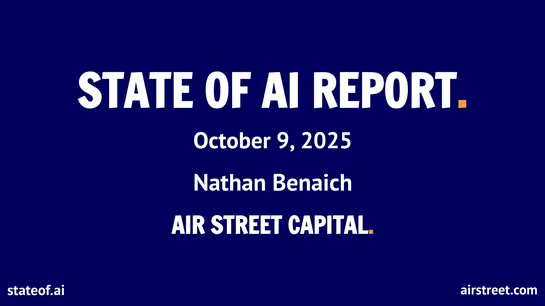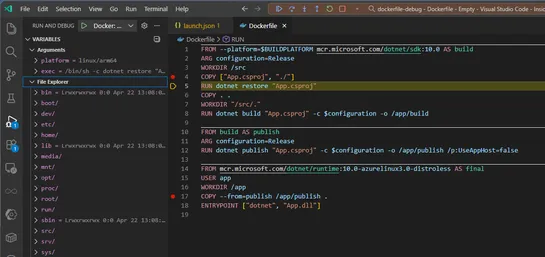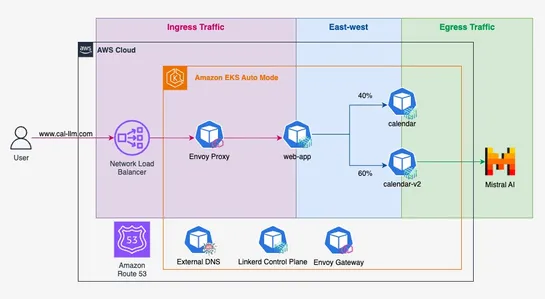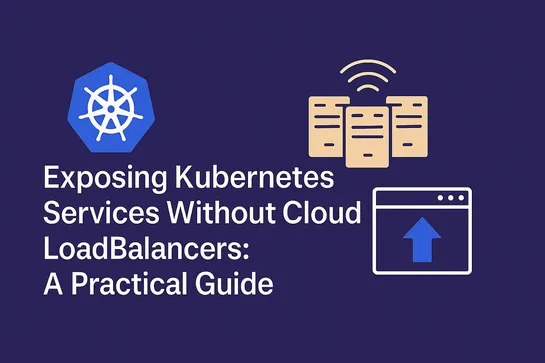Measuring Engineering Productivity
A former engineering leader lays out a no-nonsense framework for tracking team output without turning into Big Brother. Think:daily Slack updates,weekly GitHub changelogs,tight 1:1s,demo-fueled All-Hands, andauto-verified deploys. It leans onpublic artifacts, not peeking over shoulders - and puts th.. read more









